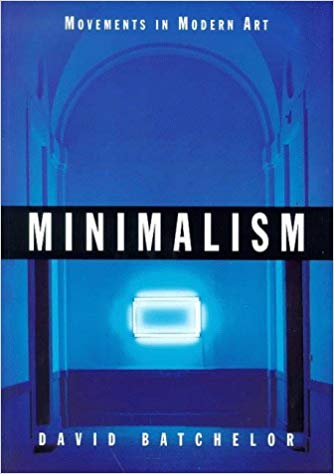Minimalism (Movements in Modern Art)
R180
This introduction examines the implications of these characteristics, looking in particular at the work of key artists: Carl Andre, Dan Flavin, Donald Judd and Sol LeWitt. It also focuses on the different emphases in each artist’s work. The book also looks at the varied types of criticism and interpretation to which minimalism has been subject over the years. It ends by discussing how minimalism, which has influenced almost every subsequent art movement, has continuing relevance for artists today.
In stock
Description
This publication shows not only how “the bricks” are indeed sculpture, but that minimalist works such as this present some of the most interesting and imaginative work of the 1960s. Minimalism emerged and developed as a reaction against the emotiveness of abstract expressionism. Although most of the artists involved did not regard themselves as part of a group, there are certain key factors which define minimalist work: it is abstract, three-dimensional, modular, serial, geometric, preconceived in design and industrial in execution.

